Shani Motel [Korea Quality] / 샤니모텔 [한국관광 품질인증]
13.5 Km 467 2024-04-07
18 , Dongjung 3-gil, Buan-gun, Jeonbuk-do
+82-63-584-9935
Shani Motel is in Buan, Jeollabuk-do, and is accessibly situated just a 7-minute walk from the Buan Intercity Bus Terminal. Rooms are spacious and neat, and the motel is equipped with accessibility features for physically and visually impaired visitors, including disabled parking spaces, entrance ramps and braille blocks; guide dogs are welcome. Many tourists visit during the Masil Festival in May.
Gimje Horizon Festival (김제지평선축제)
13.5 Km 41022 2024-04-07
442 Byeokgolje-ro, Buryang-myeon, Gimje-si, Jeonbuk-do
+82-63-540-3172
Gimje Horizon Festival takes place in the heart of the Honam rice bowl and is the only place in Korea to see the far-distant horizon. The festival aims to show the importance of Korea’s farming culture, which is an important foundation of the nation, with the theme of the sky and land meeting at the horizon. Many dynamic and active programs are available for festival-goers to participate in before the golden horizon.
Byeokgolje Reservoir Site (김제 벽골제)
13.6 Km 12833 2024-04-07
442 Byeokgolje-ro, Buryang-myeon, Gimje-si, Jeonbuk-do
+82-63-540-4094
Byeokgolje Reservoir Site is home to the embankment and stele recording reconstruction for Korea’s first ever reservoir. Records show it was rebuilt in the 6th year of King Wonseong of Silla (790), the 21st year of King Hyeonjong and King Injong of Goryeo (1143), and then again in the 15th year of King Taejong of Joseon (1415). It was lost due to heavy rain in 1420 (the 2nd year of King Sejong's reign).
Currently, only about 3 kilometers of straight embankment remains on the site. In 1925, the Dongjin Land Improvement Association remodeled this embankment and used it as a channel for providing water for farming, thus losing a lot of its original appearance. A monument was erected on the north side of the embankment to commemorate the rebuilding of Byeokgolje Reservoir during the Joseon Dynasty. However, it is difficult to read the writing because it is worn out.
In 1975, two sites with water gates that controlled the water in the reservoir were excavated, and the results showed that the construction used large-scale, high-level engineering technology. Byeokgolje Reservoir is not only significant in that it was Korea's first reservoir but also proves that the country’s civil engineering technology was developed enough to build such a reservoir at the time, revealing a groundbreaking fact in the history of science and technology in Korea.
Nearby tourist attractions can be visited together: Byeokgolje Agricultural Museum, where you can get a glimpse of the old agricultural culture, Theme and Experience Space for Agriculture, and Byeokcheon Art Gallery, which displays the works of Na Sang-mok, an Oriental Painting artist in Korea.
* Pets are allowed; however, a leash is required.
Byeokgolje Museum of Agricultural Culture (벽골제 농경문화 박물관)
13.7 Km 13440 2024-04-06
442, Byeokgolje-ro, Gimje-si, Jeonbuk-do
+82-63-540-4989
The largest irrigation facility in Korea, Byeokgolje Reservoir (Historic Site) is considered the birthplace of Korea’s rice-farming culture. All that remains of the reservoir today are a three-kilometer long embankment that spans from Sinyong-ri to Wolseung-ri in Buryang-myeon, Gimje-si and a monument that was erected in 1415. The Byeokgolje Museum of Agricultural Culture exhibits around 250 artifacts related to rice farming; located within the same complex is an experience center where visitors can discover many properties of irrigation facilities first-hand.
Naejangsan Cultural Tourism Musical Fountain (내장산 문화관광 음악분수)
13.9 Km 0 2024-04-07
37 Naejanghoban-ro, Jeongeup-si, Jeonbuk-do
The Naejangsan Cultural Tourism Musical Fountain, set within Naejangsan Water Park, boasts an impressive array of over 110 songs, ranging from children's tunes and pop hits to movie soundtracks. Accompanied by 14 unique fountain shows featuring various types, the display is indeed a sight to behold. Spanning 56 meters in length and 21 meters in x_width, the fountain includes 463 nozzles and 276 underwater lights, all designed to captivate and amaze onlookers. The musical fountain offers three performances daily, each catering to different music tastes and themes. The 19:00 show highlights classic pop songs, the 20:00 show is perfect for young children with a repertoire of children’s music, and the 21:00 show soothes the evening with ballads and idol music. Whether one is with their significant other or enjoying family time, the musical fountain’s performances—akin to a magical dance of water and light—are sure to provide an enchanting experience.
Museongseowon Confucian Academy [UNESCO World Heritage] (무성서원 [유네스코 세계문화유산])
14.1 Km 20272 2024-04-07
44-12 Wonchon 1-gil, Chilbo-myeon, Jeongeup-si, Jeonbuk-do
Museongseowon Confucian Academy was built in 1615 to honor Silla's scholar Choe Chiwon (857-?). An important cultural heritage for understanding the Confucianism and culture of the Joseon Dynasty, it is recognized as a representative example of seowon architecture and listed as a UNESCO World Heritage Site. The traditional architecture still remains, and the surrounding scenery, including old ginkgo trees, is beautiful.
Gaeamsa Temple (개암사)
16.4 Km 11386 2024-04-07
248, Gaeam-ro, Buan-gun, Jeonbuk-do
+82-63-581-0080
Gaeamsa Temple is a small, quiet temple built in 634 during the Baekje dynasty. The origin of the name "Gaeam" goes back to 282 BC, when King Mun from the Byeonhan confederacy took refuge here during the revolt of the Jinhan and Mahan confederacies. Under King Mun's command, temples for the new fortress were built on east and west sides of the valley; the western temple was called Gaeam. In 676, the temple was expanded and in 1276, thirty more buildings were raised, expanding it to a grand temple.
Naejangsa Temple (내장사)
17.3 Km 32471 2024-04-07
1253 Naejangsan-ro, Jeongeup-si, Jeonbuk-do
+82-63-538-8741
Naejangsa Temple, cradled within the stunning Naejangsan National Park, is believed to have been established in the year 636, within the Baekje Kingdom. Historically, the site once hosted about 50 large temple buildings. However, they were destroyed during foreign invasions of Korea and the Korean War. Most of the structures standing today were reconstructed later. The temple, along with Geumsansa Temple, stands as one of the emblematic temples of Jeonbuk State. Enveloped by the mountain peaks of Naejangsan, which encircle it like a screen, the temple offers breathtakingly beautiful scenery. This beauty is particularly outstanding during fall when the leaves put on a vivid display of autumn colors. Notable nearby attractions include Baegyangsa Temple, Bangjangsan Mountain, Jangseongho Lake, and Damyangho Lake. Among its significant cultural assets are the Naejangsa Joseon-dongjong bell, among others.
Naejangsan National Park (내장산국립공원)
17.4 Km 157599 2024-04-07
328, Naejanghoban-ro, Jeongeup-si, Jeonbuk-do
+82-63-538-7875
Naejangsan Mountain is a famous mountain in Jeollabuk-do, and the best mountain in Korea to view the fall foliage. Because of the bright autumn leaves that blanket Naejangsan Mountain in fall, the mountain is also referred to as Geumgang of Honam, referencing the beautiful Geumgangsan Mountain.
Inside the park, there are famous waterfalls, such as Dodeokpokpo Falls and Geumseonpokpo Falls, and temples such as Baegyangsa Temple and Naejangsa Temple. In addition, there are about 760 kinds of local plants, including those designated as Natural Monuments, and various wild animals living inside the park.
Naejangsan National Park is beautiful not only in fall, but also in spring when the azaleas and cherry blossoms bloom, in summer when the mountain turns green, and winter when the rock cliffs are covered with snow.
Naejangsan Mountain Visitor Information Center (내장산 탐방안내소)
17.6 Km 5398 2024-04-07
1207, Naejangsan-ro, Jeongeup-si, Jeonbuk-do
+82-63-538-7874
Located within Naejangsan National Park, the Visitor Information Center was first opened in July 1998 to promote the public’s understanding of nature and national parks, and to provide enhanced park services.
The Center features models of the topography and cultural relics of the mountain, videos of local plants and animals, and a history gallery.
![Shani Motel [Korea Quality] / 샤니모텔 [한국관광 품질인증]](http://tong.visitkorea.or.kr/cms/resource/98/2992998_image2_1.jpg)
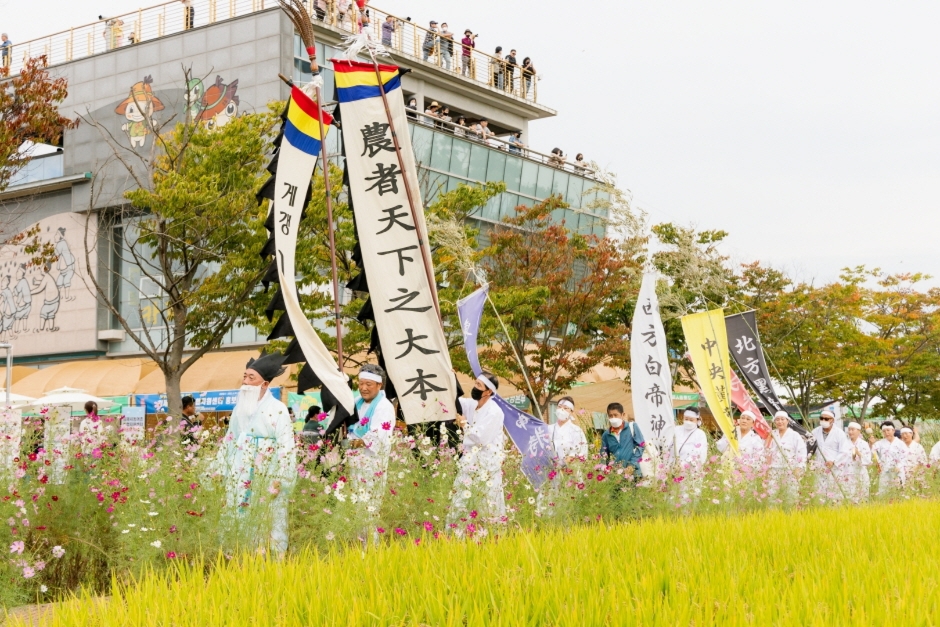
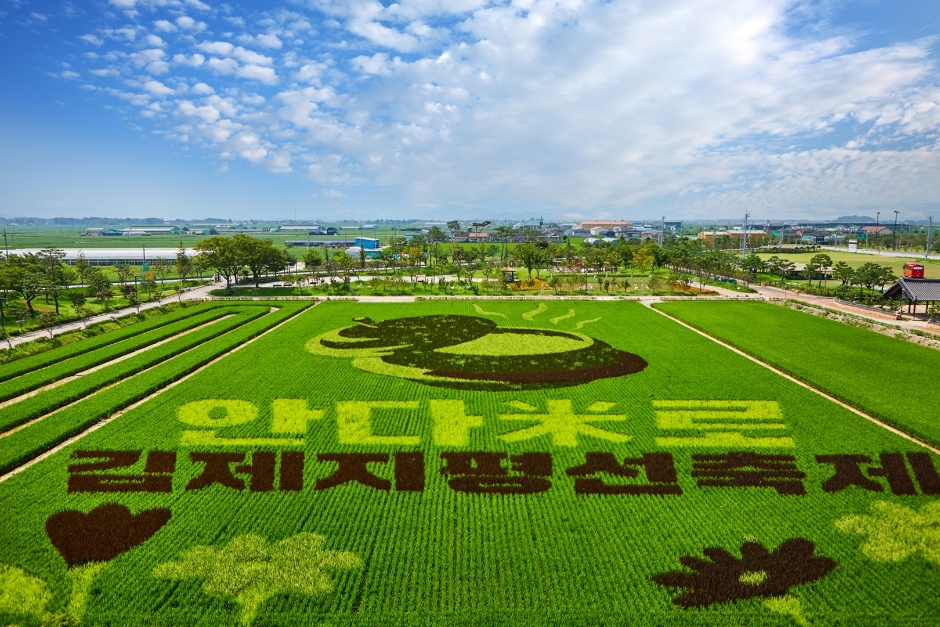
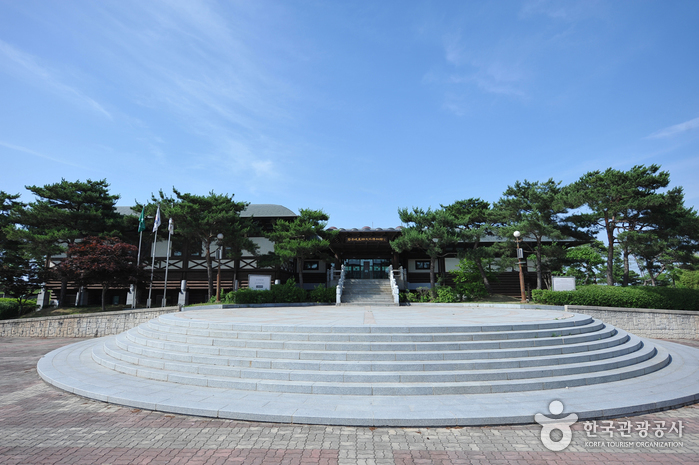
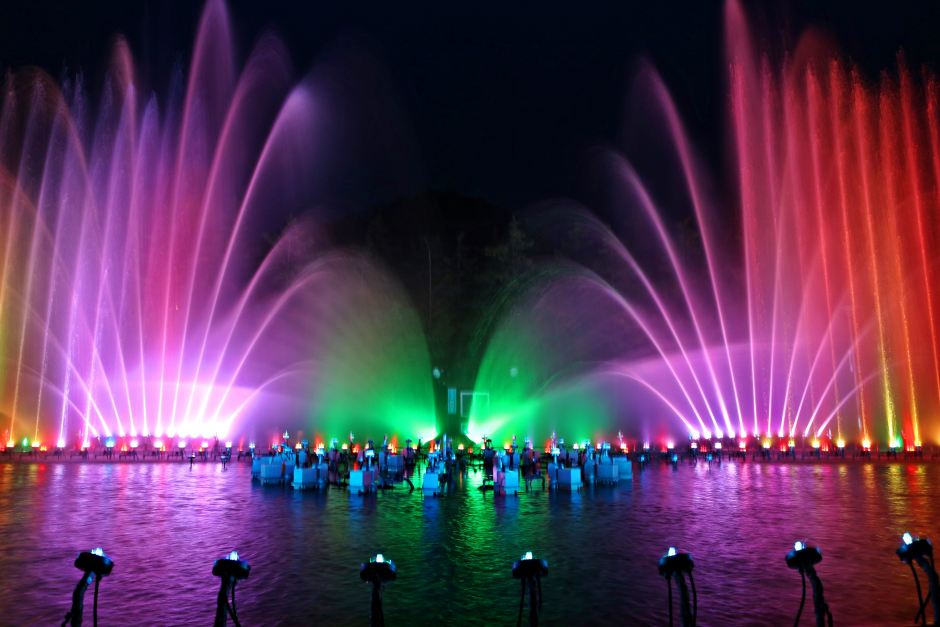

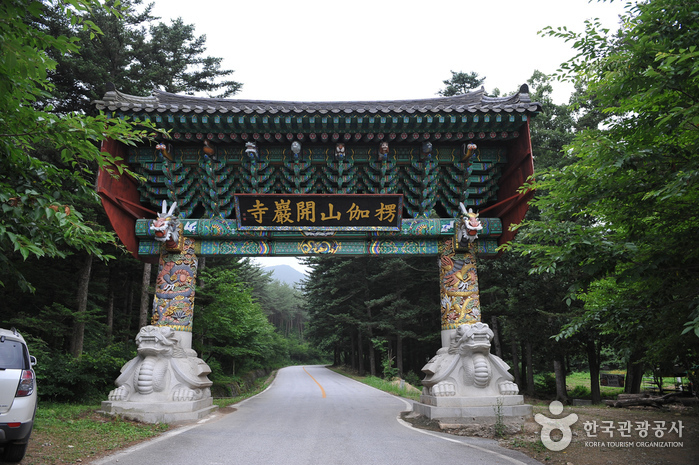
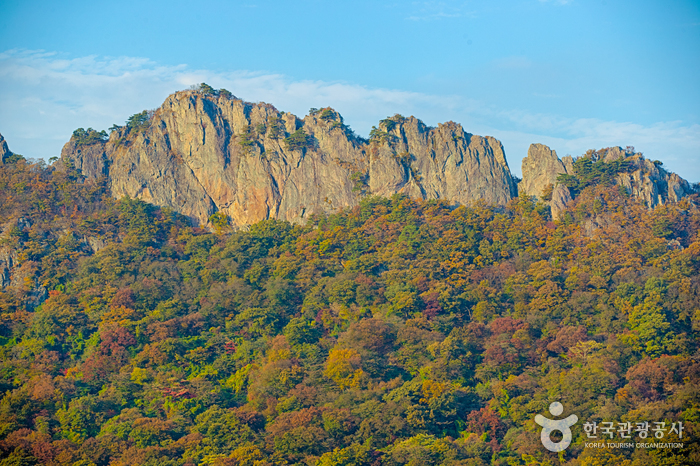
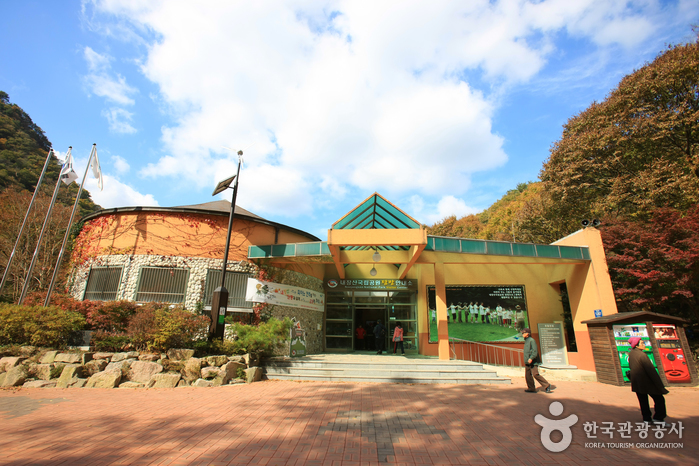
 English
English
 한국어
한국어 日本語
日本語 中文(简体)
中文(简体) Deutsch
Deutsch Français
Français Español
Español Русский
Русский